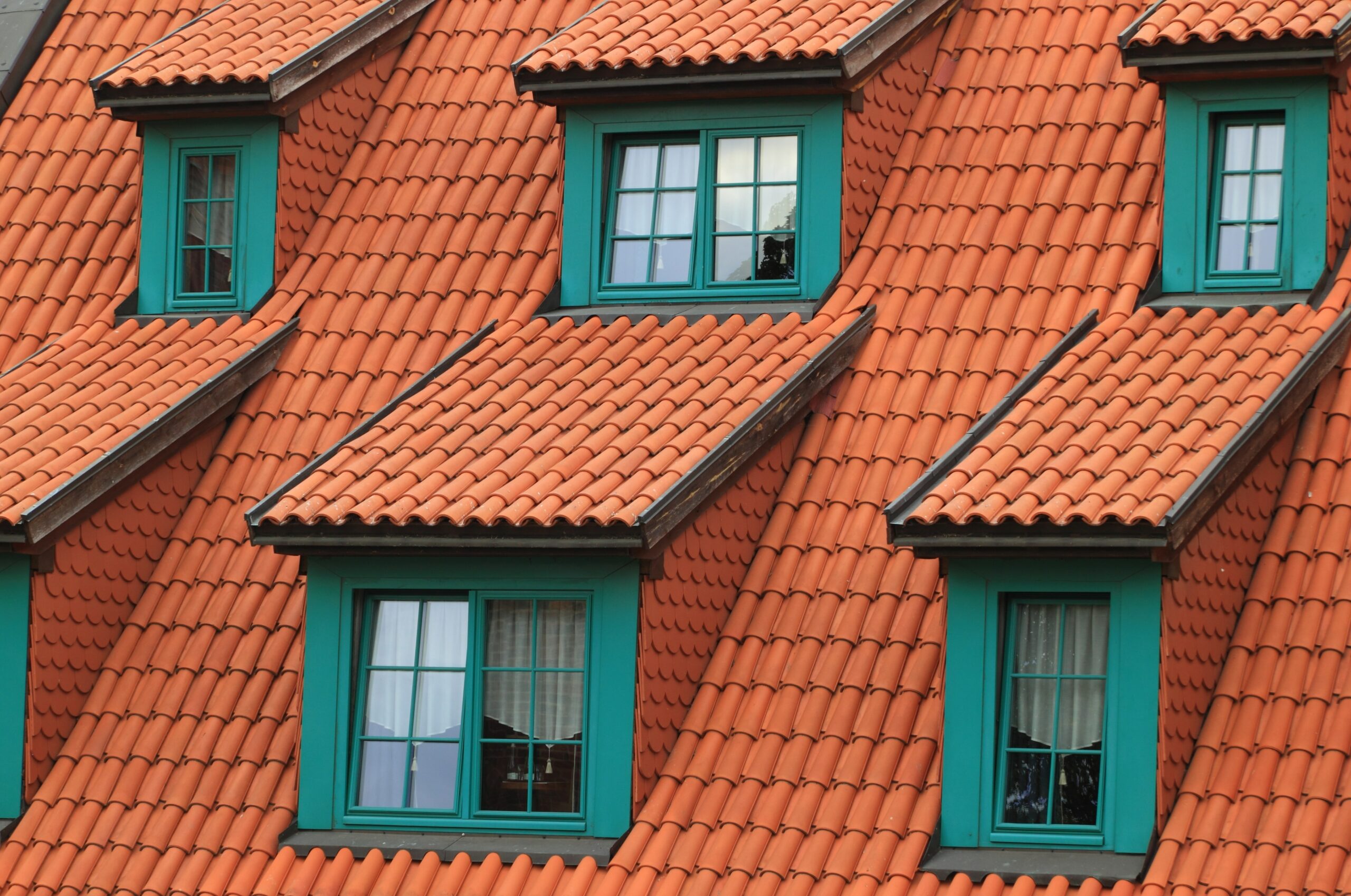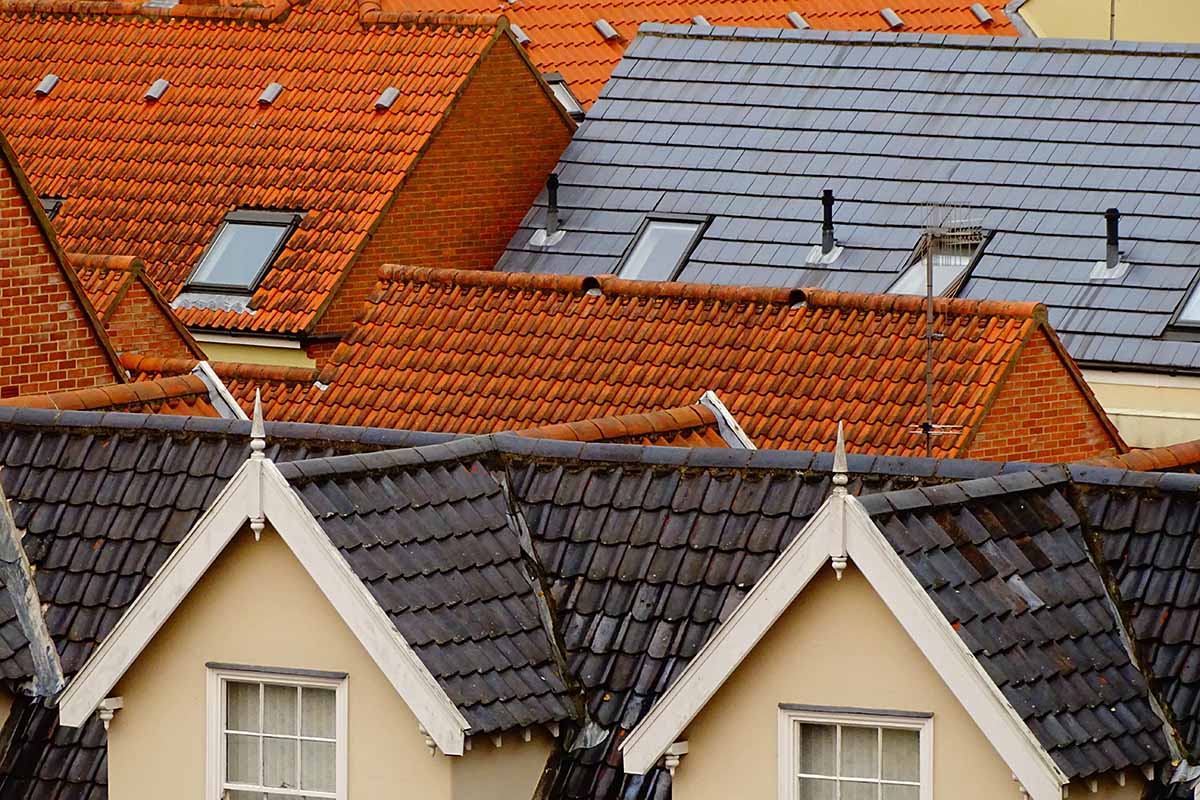How Roof Issues Can Impact Energy Efficiency at Home
A home’s roof is often overlooked when considering energy efficiency, but it plays a significant role in keeping our living spaces comfortable and environmentally friendly. Roof issues can lead to energy loss and inefficiency, impacting both the environment and our wallets. In this article, we will explore how various roof problems can affect energy efficiency at home and discuss the importance of addressing these issues to create a more sustainable living environment.
The Impact of Roof Leaks on Energy Efficiency
A leaking roof is not just a nuisance during rainy days; it can have far-reaching consequences on a home’s energy efficiency. When water seeps through the roof, it can lead to the formation of mold and mildew within the attic and interior walls.
These damp environments not only pose health risks to occupants but also reduce the effectiveness of insulation materials. Damp insulation loses its ability to retain heat, meaning that more energy is required during colder months to keep the home warm. This inefficiency directly translates to higher heating bills.
Moreover, roof leaks can compromise the structural integrity of the building, leading to increased air infiltration and drafts. As a result, conditioned air from the heating or cooling system escapes more easily, while outside air enters the living space, leading to a constant need for temperature adjustments. This continuous cycle of temperature regulation puts a strain on HVAC systems, further escalating energy consumption and utility expenses.
The Role of Roof Color and Material in Energy Efficiency
The color and material of a roof significantly impact its energy efficiency. Dark-colored roofs, such as black or deep brown, tend to absorb more heat from the sun. Consequently, the attic and living space beneath the roof can become excessively hot on sunny days.
This heat absorption makes the home uncomfortable and increases the demand for air conditioning. On the other hand, light-colored roofs, such as white or reflective materials, can help mitigate heat absorption and keep the indoor temperature cooler.
In addition to color, the roofing material itself plays a crucial role in energy efficiency. As explained on this website, traditional asphalt shingles, while affordable, have limited insulation properties and tend to deteriorate faster under extreme weather conditions.
On the contrary, metal roofs and cool roofs made from reflective materials offer better insulation and durability. These options can reduce the heat transferred into the living space, leading to lower cooling costs and a more energy-efficient home overall. Homeowners looking to optimize energy efficiency and cut down on cooling expenses can consult roofers in Syracuse NY by All Star Roofing or Exterior Home Solutions, which can help to choose the most suitable roofing option for their needs.
The Importance of Roof Maintenance for Energy Efficiency
Regular roof maintenance ensures energy efficiency and extends the roof’s lifespan. Over time, roofs can develop issues like loose or missing shingles, damaged flashing, and clogged gutters, contributing to energy loss. Addressing these problems promptly prevents further damage and preserves the roof’s integrity, allowing it to function optimally.
Moreover, routine inspections and maintenance tasks, such as cleaning gutters, repairing leaks, and ensuring proper insulation, can help identify and address potential energy inefficiencies early on. Proper ventilation within the attic is also crucial to prevent the accumulation of heat and moisture. Investing in professional roof inspections and maintenance may seem like an added expense, but in the long run, it pays off by reducing energy consumption and prolonging the life of the roof and the entire home.
Insulation and Attic Ventilation: The Secret to Energy-Efficient Roofs
Insulation and attic ventilation play a pivotal role in maintaining an energy-efficient home and roof. Insufficient or degraded insulation allows heat to escape during colder months and seep in during hotter periods. This temperature fluctuation forces HVAC systems to work harder, consuming more energy and increasing utility bills. Ensuring proper insulation in the attic and throughout the home can significantly reduce energy waste, keeping the indoor temperature stable and comfortable throughout the year.
Furthermore, adequate attic ventilation is essential to prevent heat and moisture build-up within the attic space. During hot summers, trapped heat in the attic can radiate downwards into the living areas, leading to a spike in cooling costs.
Moisture build-up can also cause mold growth and compromise the integrity of the roof’s structure. A well-ventilated attic allows hot air to escape, maintaining a cooler roof temperature and minimizing the strain on air conditioning systems. Implementing energy-efficient insulation materials and optimizing attic ventilation are key strategies for creating a greener, more sustainable home environment.
Impact of Roof Orientation and Design on Energy Efficiency
The orientation and design of a roof can have a significant impact on energy efficiency. The direction in which the roof faces affects its exposure to the sun’s rays, determining how much heat the roof absorbs and how effectively it dissipates it. In the northern hemisphere, south-facing roofs receive the most sunlight throughout the day, while north-facing roofs receive the least. Properly positioning solar panels or reflective coatings on south-facing roofs can harness solar energy to power the home, reducing reliance on grid electricity and cutting down carbon emissions.
Moreover, roof design elements, such as roof overhangs and eaves, can provide shade and protection against the elements. Strategically placed overhangs can shield windows and walls from direct sunlight during summer, reducing cooling demands.
During winter, these features can allow more sunlight to enter the living space, aiding in passive solar heating. By carefully considering the orientation and design of the roof, homeowners can optimize energy efficiency and create a more sustainable dwelling.
Investing in Sustainable Roofing Technologies for a Green Future
As environmental concerns continue to grow, innovative sustainable roofing technologies have emerged to promote energy efficiency and eco-friendliness. Green roofs, for example, involve growing vegetation on the roof surface, which helps absorb rainwater, improve insulation, and reduce the urban heat island effect. These living roofs conserve energy, provide wildlife habitat, and contribute to cleaner air.
Another emerging technology is solar roofing, where photovoltaic cells are integrated into roofing materials to harness solar energy and convert it into electricity. This allows homeowners to generate their renewable energy, reducing reliance on fossil fuels and lowering carbon footprints. Solar roofing is becoming increasingly accessible and cost-effective, making it a viable option for environmentally conscious homeowners seeking energy independence.
Understanding the impact of roof issues on energy efficiency is essential for creating a more sustainable and environmentally friendly home. Addressing roof leaks, choosing appropriate roofing materials, ensuring proper insulation and attic ventilation, and considering roof orientation and design are all critical steps toward achieving energy efficiency.
Moreover, embracing sustainable roofing technologies like green roofs and solar roofing can contribute to a greener future for our planet. By taking proactive measures and investing in energy-efficient roofing solutions, homeowners can save on utility bills and contribute to a more sustainable world.




















